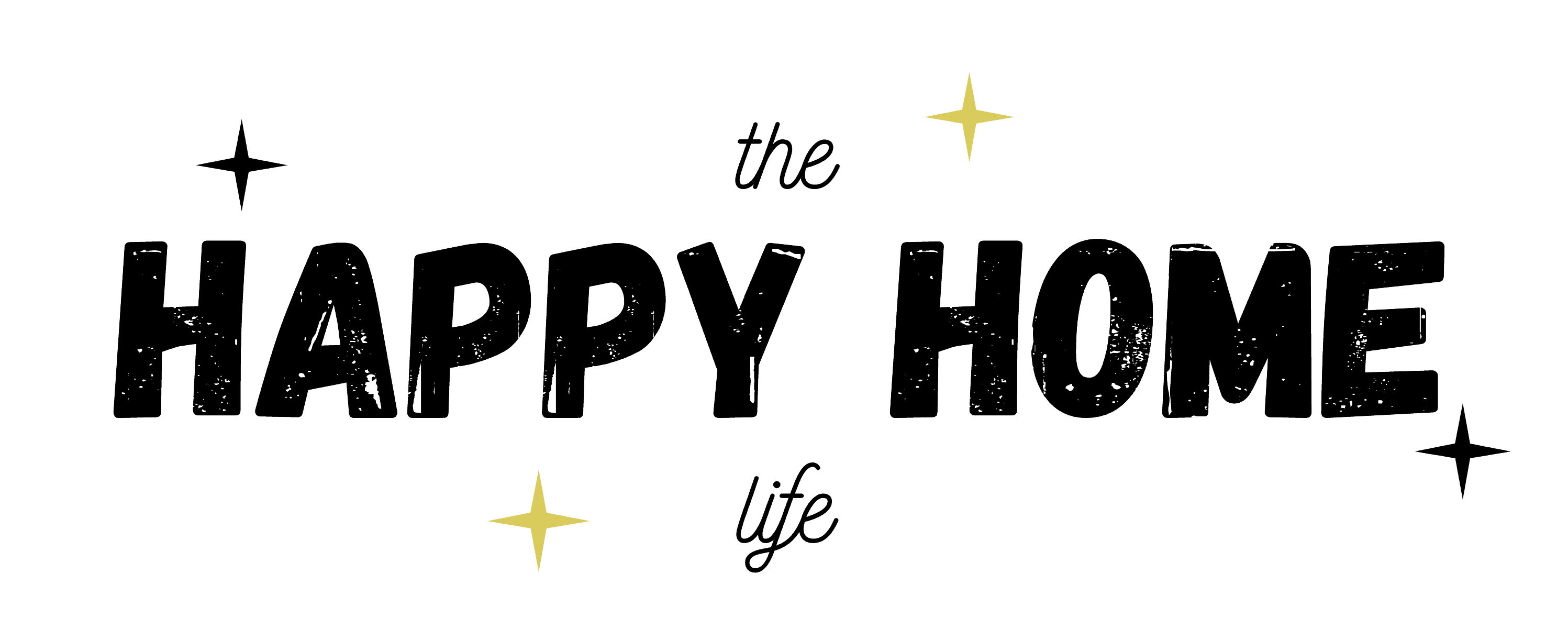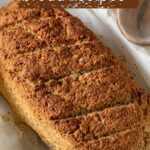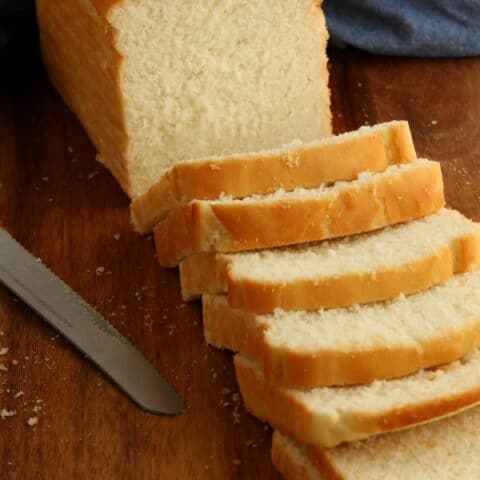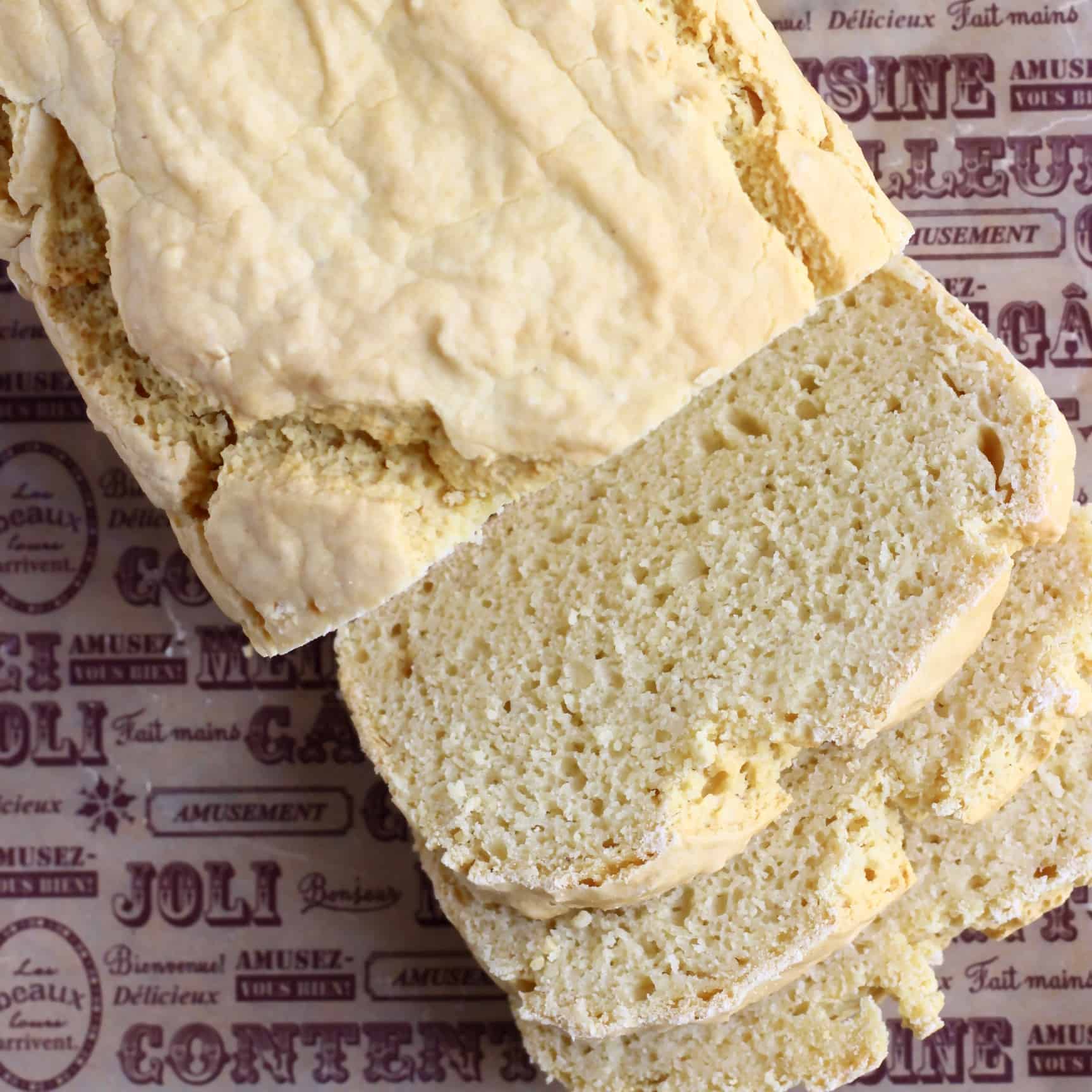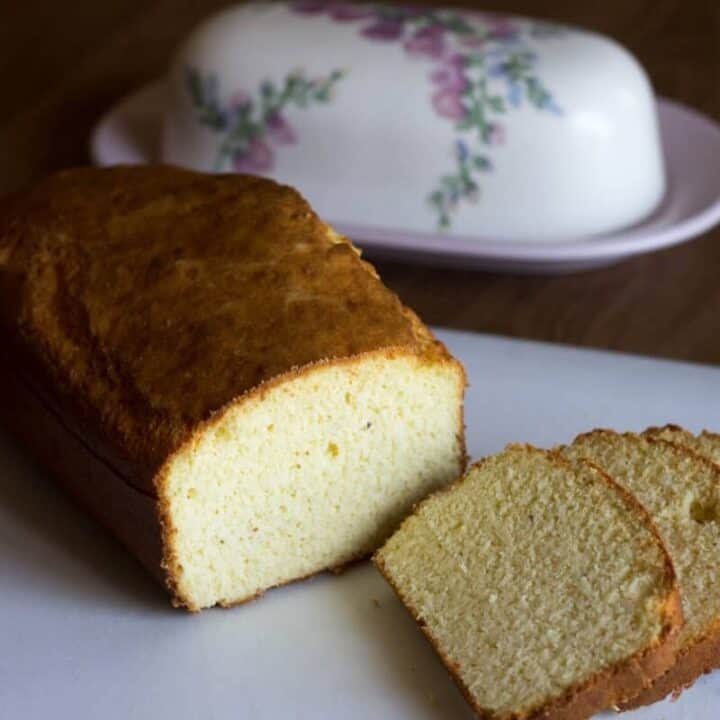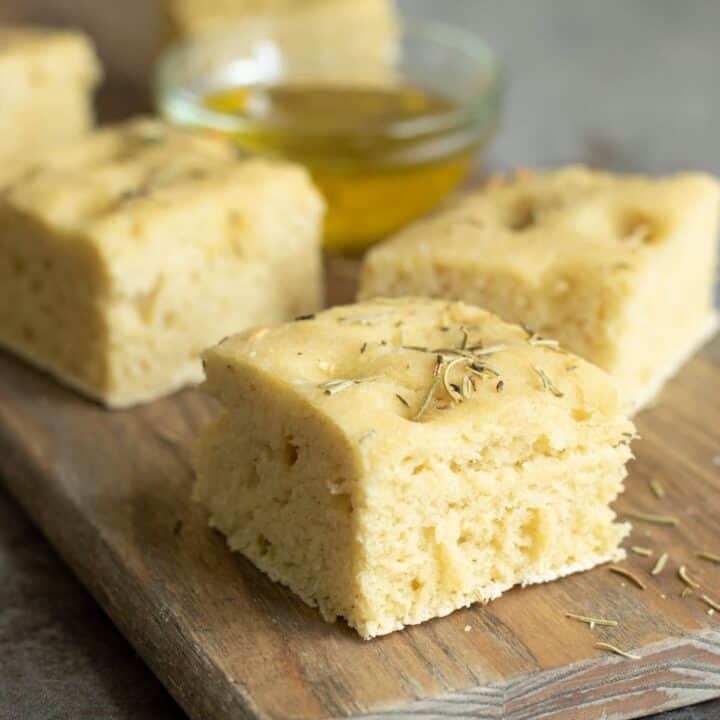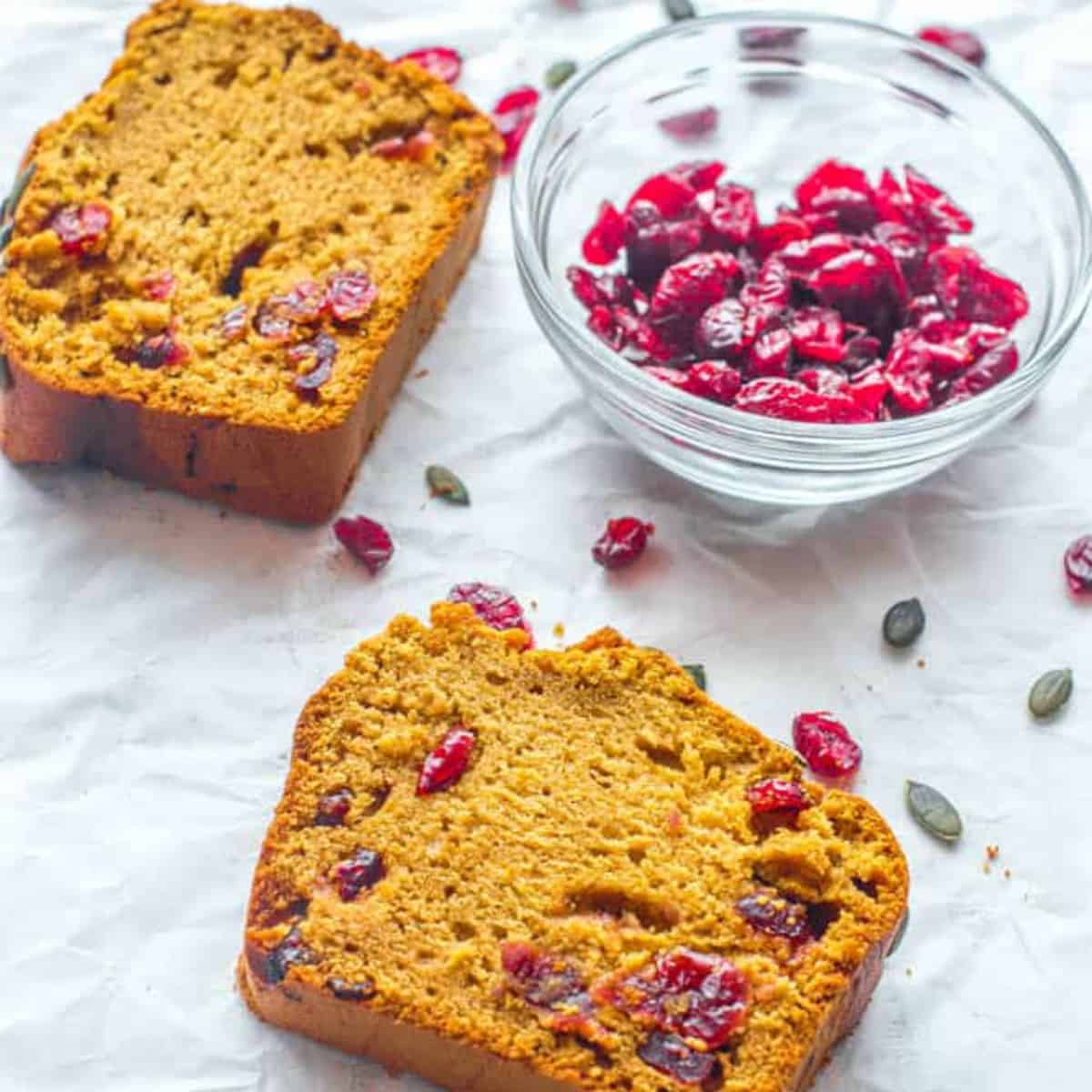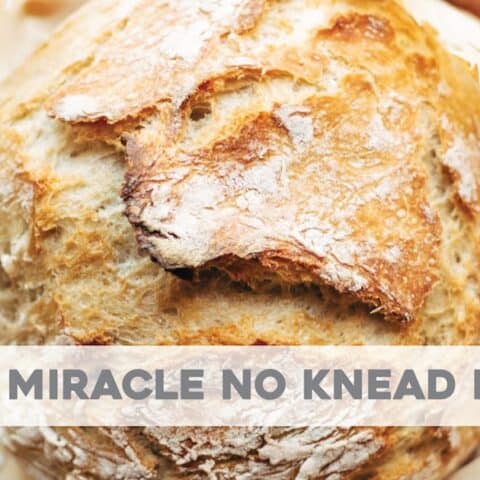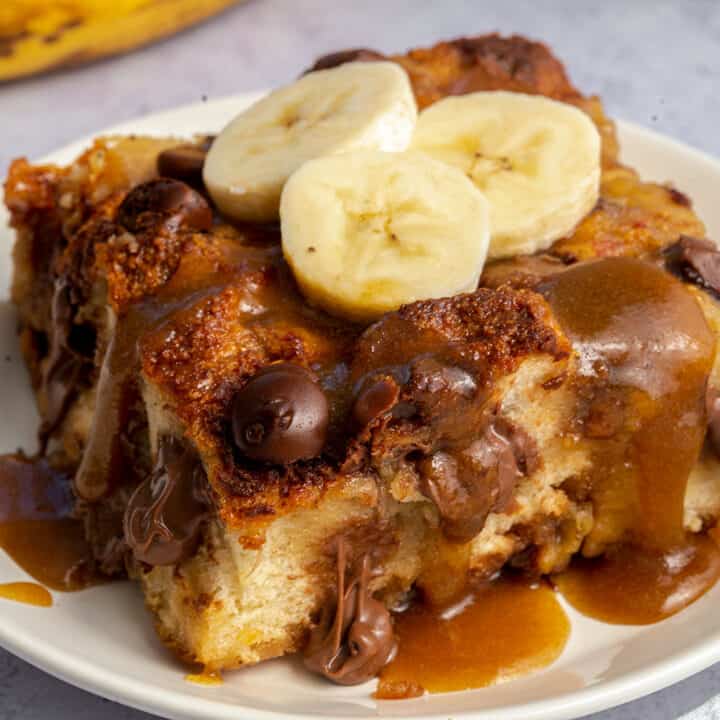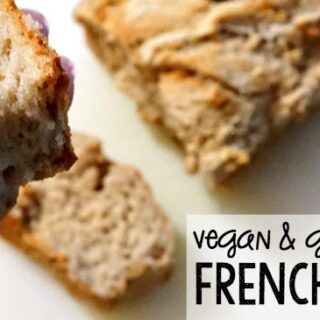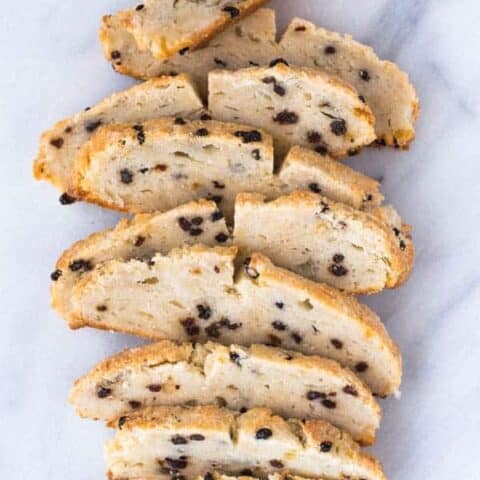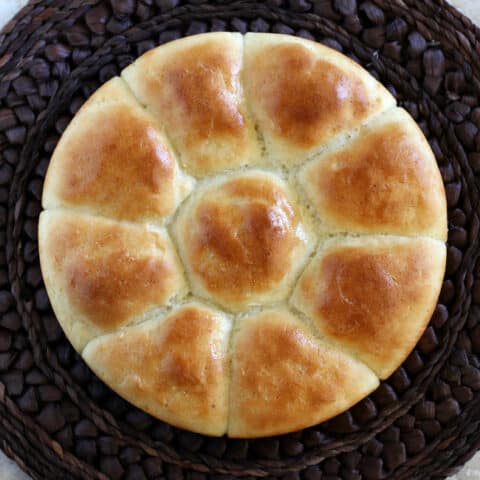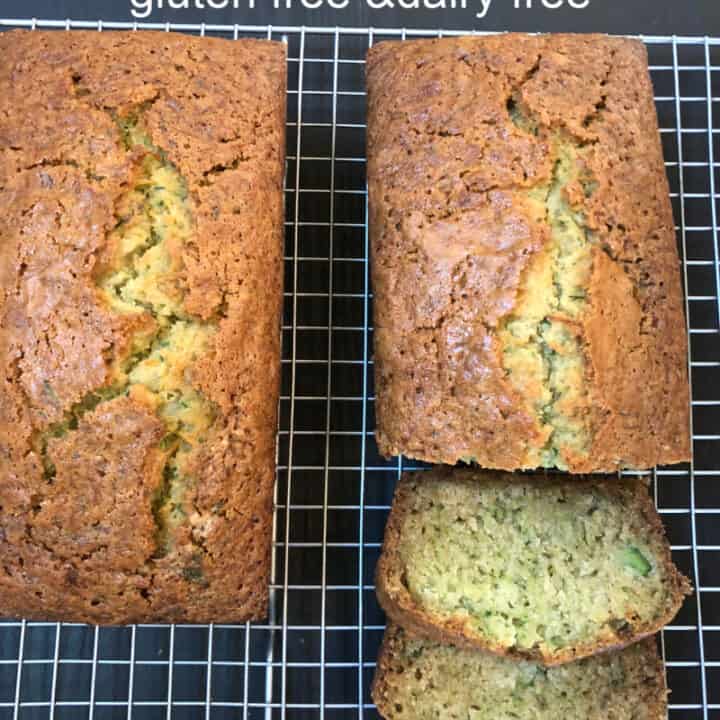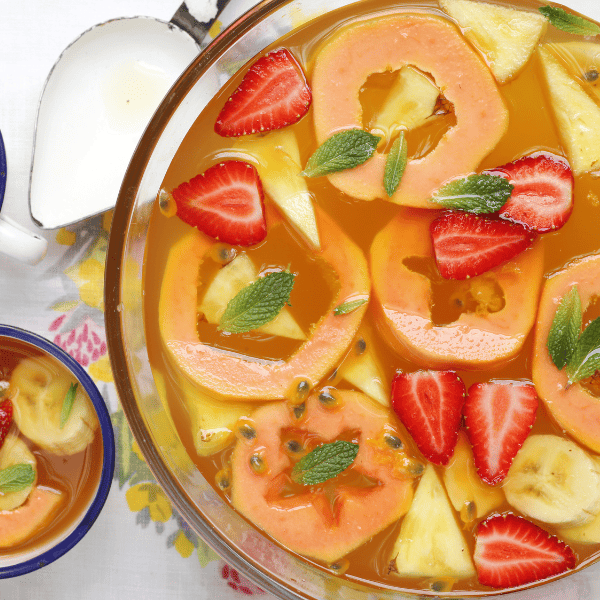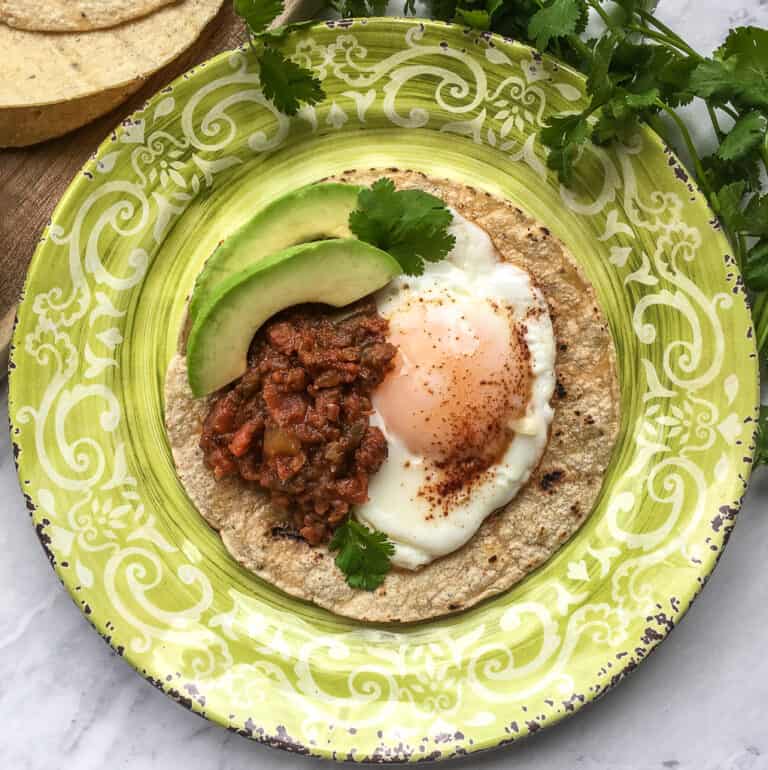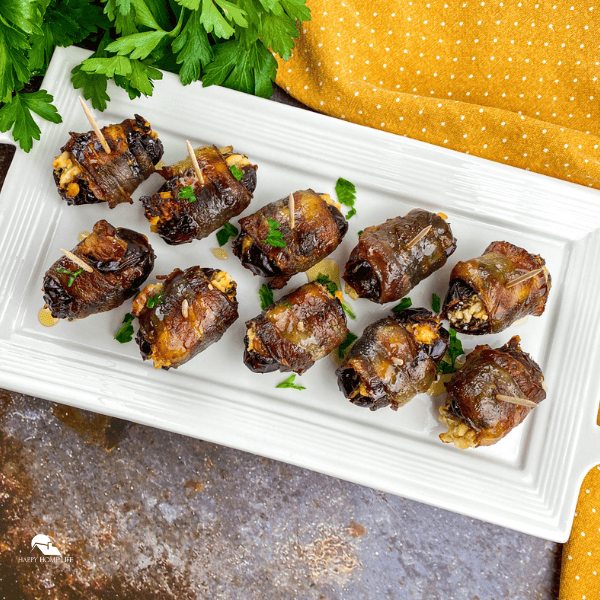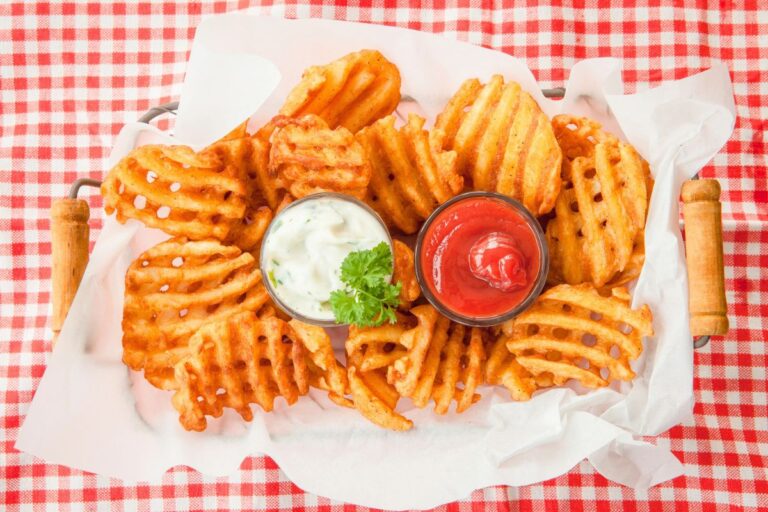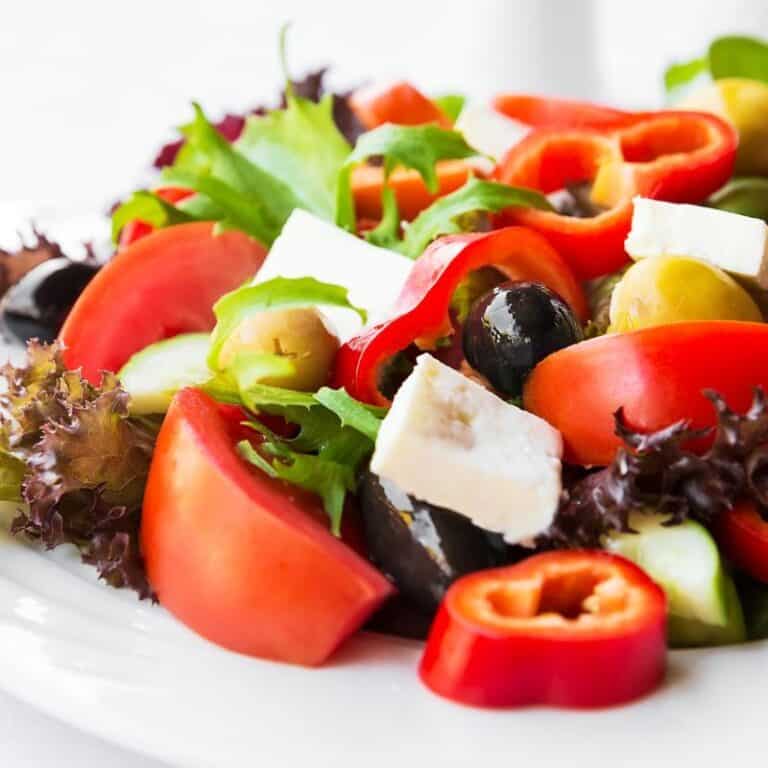Bread is a staple of the Western diet. If you’re gluten-intolerant or have celiac disease, though, it’s hard to find bread that tastes good and isn’t expensive.
We’ve compiled 11 gluten-free bread recipes from around the web so that you can decide which one will be your go-to recipe for homemade bread!
[fluentform id=”2″]
What is the trick to making good gluten-free bread?
When it comes to making good gluten-free bread, the trick is to make sure you use quality ingredients and follow your recipe closely. It also helps if you know what kind of flour to use — glutinous rice flour is a great option for those who are sensitive to glutens.
Additionally, adding a few teaspoons of xanthan gum or psyllium husk can give the bread a better texture and help with rising.
Finally, remember to take your time when mixing the dough and to knead it slowly in order for all of the ingredients to combine together properly. With these tips in mind, you will be able to enjoy delicious gluten-free bread that is just as good as its glutinous counterparts!
What are the best gluten-free flour brands?
For those who have to follow a gluten-free diet, the challenge of finding the right type of flour can be daunting. Thankfully, there are now many different brands that offer gluten-free flour offerings:
- Bob’s Red Mill Gluten Free All Purpose Baking Flour
- Namaste Foods GF Mixing & Dough Enhancer
- King Arthur Baking Company Gluten-Free All-Purpose Flour
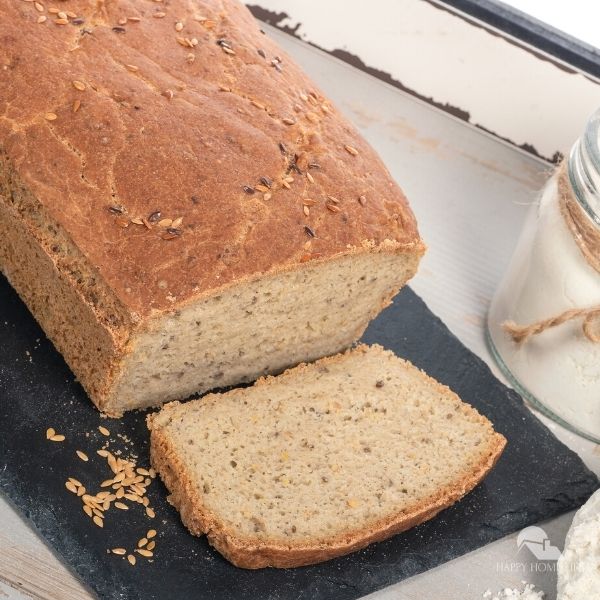
How do I avoid my homemade bread from getting too crumbly?
You can prevent homemade bread from getting too crumbly by adding gluten-free Flour and Yeast.
You can also make the dough rise with a little more liquid than you would for regular bread to encourage fermentation, which will help reduce crumbliness.
What is gluten-free flour?
Gluten-free flour does not include the ingredient gluten, which is found in various grains such as wheat, rye, and barley. This flour is usually used to make gluten-free bread and other gluten-free products. Gluten-free flour can be made from different starches, seeds and nuts like almond, coconut, tapioca and even garbanzo beans.
It’s best to use fresh gluten-free flours when baking so that you can maximize the nutritional benefits they provide. It’s also important to make sure you store it properly to ensure maximum freshness. With gluten-free flour, you don’t have to give up your favorite baked goods – you have to find new ingredients for delicious recipes!
What is gluten-free yeast?
Gluten-free yeast comes from many sources, such as malt, cornmeal, soybeans, and barley.
Yeast extract or autolyzed yeast extract may contain gluten from barley.
Manufacturers aren’t required to disclose the source of yeast extract on their labels, so your best bet is only to buy yeast extract labeled gluten-free or confirmed as gluten-free by the manufacturer.
Is it cheaper to make gluten-free bread than buy it at the store?
Making homemade gluten-free bread is less expensive because you can use more expensive ingredients for a greater quantity with no downside of cost per ounce or unit price.
The result would be larger loaves (so there will be fewer units for sale).
That means higher production costs and lower material costs, which balance out the equation compared to buying commercial gluten-free bread at retail prices.
How do I keep my loaf moist without adding butter or oil?
Many types of gluten-free bread don’t require any butter or oil to stay moist.
Some recipes do call for a small amount, usually just in the initial mix but not during baking.
Others have an egg wash which helps seal in moisture and provides a rich flavor.
If you’re looking for gluten-free bread without eggs, then there’s always rice flour-based mixes available as well!
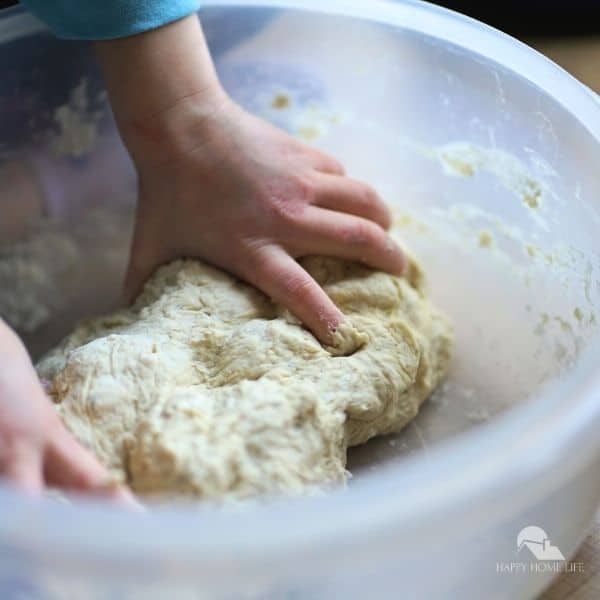
What is the best yeast to bake gluten-free bread?
Dry yeast is the best yeast to bake gluten-free bread. Instant yeast is also a good option.
Dry yeast is widely available, easy to use, easy to store, and usually gluten-free. If you don’t have much experience, I also discourage the use of so-called active dry yeast. It has unique requirements and must be handled in a specific way. Just buy some good old dry yeast from the supermarket – any brand will do.
The best yeasts for baking with gluten-free flours are SAF Instant Yeast by Fleischmann’s® Active Dried Yeast and Red Star® Quick-Rise Yeast.
Red Star Quick Rise Instant Yeast, SAF Active Dried Yeasts, or Fleischmann’s Rapid Riser are excellent baking options with gluten-free flour mixes.
They rise well in cold environments and work quickly, so you don’t need to allow your dough time to proof before shaping it into loaves of bread as you would when using active dry yeast.
They also tend not to freeze up as quickly at cooler temperatures, making them a better choice if storing this type of dough overnight is an issue plaguing you.
Active Dried Yeast (IDY) is used for baking gluten-free bread.
Do not use rapid-rise yeast for gluten-free bread recipes.
Active Dried Yeast is best when making gluten-free sourdough and many other types of bread because they are slower to act in the cold environment, allowing dough time to proof before shaping it into loaves of bread as you would with active dry yeast.
I make my own gluten-free sandwich loaf using 100% coconut flour, eggs, honey, and oil, so I always have a few packets on hand at all times so that if we decide last minute to go out somewhere for lunch, then I can whip up some sandwiches in no time!
Gluten Free Bread Recipes
Gluten-free bread recipes are the best thing since sliced gluten-free bread.
Seriously, these breads are so good you'll have to keep them hidden from your family and friends because they will be eaten up in no time.
This list is full of tasty, healthy, and easy to follow recipes for gluten gluten-free breads from around the web. Some of these recipes also use almond flour or coconut flour instead of wheat flour which makes them healthier than traditional white breads.
So go ahead and indulge! You deserve it!
Easy Gluten-Free Bread {Dairy-Free}
It's no secret that gluten-free bread is hard to find and often expensive. I had given up on finding a good recipe for a long time, until now! This recipe is easy to prepare and tastes great. The best part? It doesn't contain any dairy ingredients, so it's perfect for those with food sensitivities or allergies! Give this one a try.
Gluten-Free Vegan Bread
This post is for everyone who has struggled with the gluten-free and vegan challenge.
There are so many recipes out there, but most of them taste like cardboard or just plain gross.
But this recipe?
It's to die for!
The bread has a wonderful texture that makes it perfect for sandwiches, toast, and dipping into olive oil on crusty french bread rounds (thanks to my friend).
This recipe is easy too!
Anyone can do it! Just give it a try - you won't regret it.
Low-Carb Keto Cream Cheese Bread
Low Carb Keto Cream Cheese Bread Recipe is a delightful, low-carb bread that just happens to be gluten-free and keto.
The recipe includes cream cheese, eggs, almond flour, and baking soda.
In the blog post, you'll find an easy step-by-step process with pictures to show you how to make this delicious dish in your own kitchen!
Gluten Free Focaccia Bread Recipe | skillet bread recipe + VIDEO
We all love a good slice of bread, and it's even better when that is gluten-free. This recipe for Homemade Gluten-Free Focaccia Bread is sure to please your palate! The ingredients are simple, and the best part? It takes only about an hour from start to finish.
Gluten Free Butternut Squash Bread
Looking for new ways to enjoy the food that is gluten-free? One of my favorite things is bread, so when I found this recipe for Gluten Free Butternut Squash Bread, it was perfect!
The best part about this bread is that it's fluffy and moist with an amazing texture - you'd never know there was anything different in this bread!
Give it a try and let me know what you think.
Miracle No Knead Bread
I'm going to let you in on a little secret. This bread is not only easy and delicious, but it's also gluten-free!
The best part about this bread is that anyone can make it. It requires no kneading, just some stirring and waiting.
I'm sure your family will love the taste of this homemade bread with its satisfying crunch and soft inside. Give it a try today!
Gluten Free Chocolate Chip Banana Bread Pudding Recipe (dairy free option)
We all love to indulge in a good dessert from time to time. Today, we will make a gluten-free chocolate chip banana bread pudding recipe that is dairy-free and tastes amazing!
There will be step-by-step instructions with pictures so you can do it yourself at home. The ingredients are simple, the steps easy, and the outcome delicious.
Gluten-Free & Vegan French Bread
Before you get too excited, I should warn you that this is not the most traditional French bread recipe.
In fact, it doesn't have any gluten in it whatsoever (and no yeast)! But don't worry - it's still crispy and delicious! All the flavor comes from whole grain flour and a long rise time.
While it's impossible to get the same texture as gluten-filled bread, this recipe is pretty darn close!
Not only do the ingredients have great taste, but they are also completely vegan and gluten-free.
If you're looking for an alternative to your typical sandwich or toast in the morning, give this one a try!
Gluten Free Irish Soda Bread
Irish soda bread is a traditional Irish bread that doesn't contain any yeast. It's traditionally made with white flour, but gluten-free Irish Soda Bread can be made with gluten-free flour.
The dough contains baking powder and xanthan gum to activate the leavening process without using yeast.
Gluten-free Pull-Apart Dinner Rolls {dairy-free option}
I love a good pull-apart dinner roll. There's just something about tearing into a bread that is so satisfying, and these gluten-free, vegan rolls are no exception!
They're perfect for Thanksgiving or any holiday meal where you want to serve fresh bread alongside your main dish. And the best part? These rolls can be made dairy-free too!
Gluten Free Dairy Free Zucchini Bread
I love baking with zucchini, but sometimes I find it hard to use up all of the extra zucchini.
This gluten-free, dairy-free zucchini bread recipe is perfect for any occasion and can be made in a 9x5 inch loaf pan. It's easy to make and delicious!
